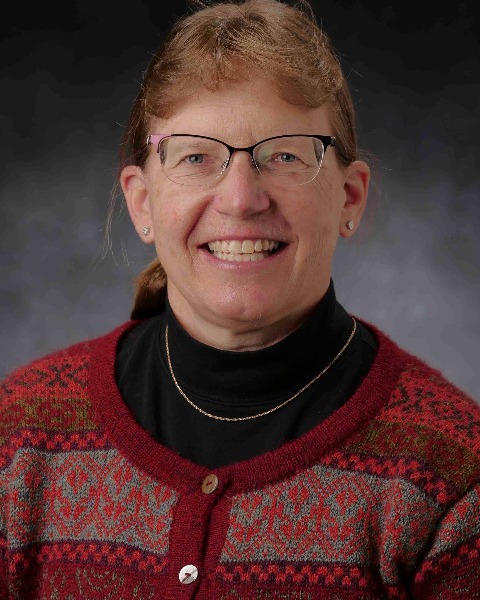Oral
Groundwater
Coupled Subsurface and Surface Modeling to Investigate Aufeis Formation in Arctic Regions
Monday, May 19, 2025
10:30 AM - 10:45 AM Alaska Daylight Time (AKDT)
Room: Room 5

Roseanna M. Neupauer, Ph.D., P.E., F. ASCE, F. EWRI
Professor
University of Colorado, Colorado, United States
Author(s)
Abstract Submission: In river channels in artic environments, groundwater that discharges to the land surface during winter can freeze in the channel, forming large sheet-like masses of layered ice called aufeis. Water stored in aufeis is released slowly as the aufeis melt during summer, providing a critical source of water to the Arctic river ecosystems late into the summer when other water resources are reduced; thus, aufeis are an important component to Arctic hydrology and ecosystems. The processes that lead to the formation of aufeis are not well understood. This work investigates the Kuparuk aufeis field on the North Slope of Alaska, which is sourced by a perennial, shallow supra-permafrost aquifer beneath the seasonally-frozen active layer. Prior work used groundwater flow and heat transport modeling to show that groundwater from the supra-permafrost aquifer can discharge to the land surface during the winter through unfrozen gaps in the frozen active layer. Once on the land surface, this discharged water was assumed to freeze and form aufeis. The present work applies a coupled surface and subsurface flow and heat transport model to simulate the formation of the Kuparuk aufeis field. Coupling the surface and subsurface processes permits a more accurate representation of the subsurface freeze/thaw dynamics, including the role of aufeis as a thermal insulator in the shallow subsurface. The coupled surface and subsurface modeling can provide insight into the effects of a warming Arctic on the timing of aufeis formation and ablation and the quantity of water stored in aufeis.
Learning Objectives/Expected Outcome (Optional) :
Learning Objectives/Expected Outcome (Optional) :

